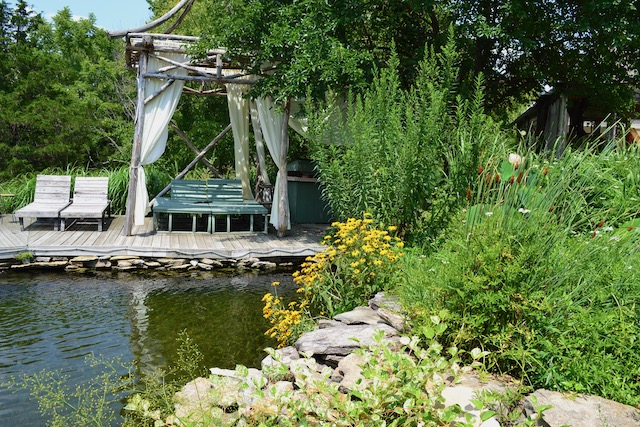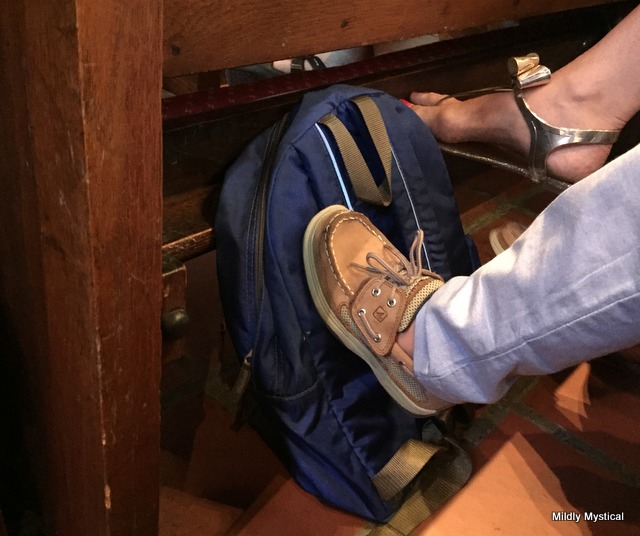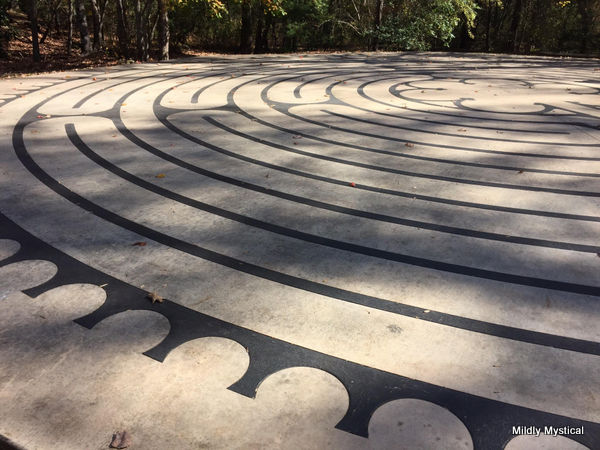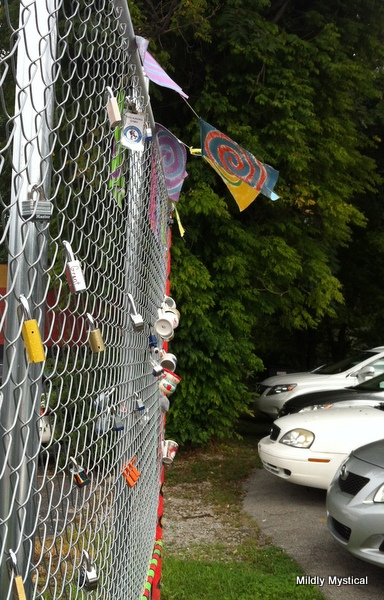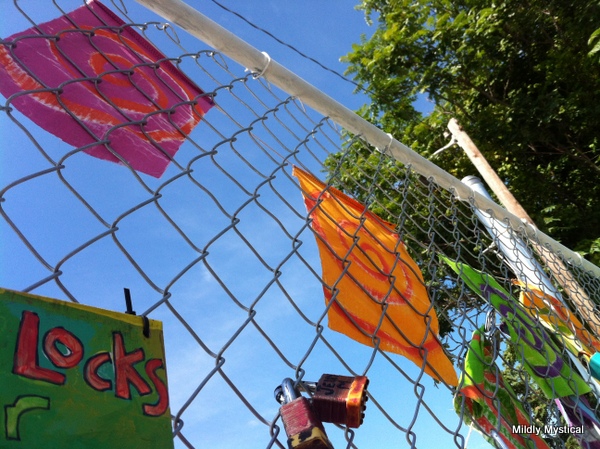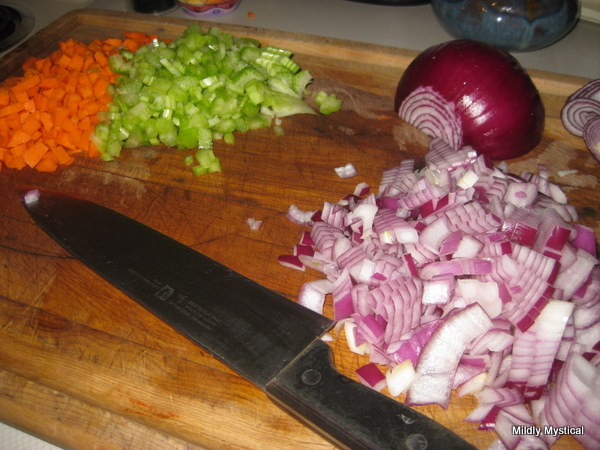My new house feels even more fully like home since a group of friends came over for a ritual cleansing and house blessing. I hadn’t known how to do a blessing for a home, but after some research on rituals for blessing a house and the practice of burning sage, or smudging, to purify a space, I designed the ritual we performed. Episcopal liturgy found in The Book of Occasional Services was helpful, as was the New Zealand prayer book.
Some parts of the ritual I wrote myself. I found no blessing of a basement, for example, and I know from Jungian thought and my own dreams the importance of a basement and all it symbolizes.

To begin, I lit a candle and filled a bowl with water. We each held the bowl in turn, offering a blessing for the house and the life lived within it, and touching the water with our fingertips. The water was set apart, made holy, in this way. One friend read “Blessing for a New House” by John O’Donohue, from his wonderful book, To Bless the Space Between Us. Another lit the bundle of sage, a tendril of smoke rising as she carried it into every corner of the house, the purifying smoke curling into every drawer, every cabinet, into the fireplace, closets, and cushions, all through the house. Yet another friend followed with the bowl of lustral water and used a sprig of greenery from a shrub out front to sprinkle it into every corner, bringing all the love and blessing held in that water to fill the purified spaces.
From the basement to the attic and circling the outside of the house, we read blessings for each space and supported those tending the sage and the water, all in a spirit of friendship and conversation and laughter. In this act of community we enacted a powerful ritual of purification—banishing any unclean spirits, cleansing any negative energy, dispelling any darkness lingering from the past. I’m grateful for this circle of friends who meet monthly in group spiritual direction, and I felt our circle become stronger through performing this ritual. Enacting it together made this ceremony of blessing deeply meaningful.
In a time when so many beliefs no longer serve us, and when so many structures that were supposed to preserve meaning and value have failed us, ritual itself holds meaning. A ritual is an outward, ceremonial act that expresses an inner, spiritual reality. The actions themselves connect us to what is true, to what endures, to the ways we are held by something larger than ourselves. We can trust a solid ritual, because it connects us to what we recognize as true at a level deeper than words.
A home doesn’t have to be new to benefit from a ritual cleansing and blessing. Clearing out clutter, creating space for new activities or new projects, undertaking new efforts within your space, are all occasions that might invite a ritual of cleansing and blessing. Perhaps this deep need is part of the continual interest in redecorating and refreshing our spaces.
If you try your own version of a blessing for a home, let me know how it goes! A New Zealand Prayer Book’s “Blessing of a Home” is here. Here’s a link to both the old and new Book of Occasional Services, shown side-by-side. The “Celebration of a Home” is on page 166 in the new book and page 146 in the old. And if you can use some ideas for how to bless a particular space in your home not mentioned in these resources, I’m including a few of the blessings I wrote below.
Peace be with you.
FOR THE BASEMENT
Holy One, the ground of all life, make firm the foundation of this home and the lives of those who dwell here. Bestow your guidance and strength, we ask, in the work of bringing all the layers of ourselves into the light of your love. Be with us as we encounter the depths of ourselves and of our life in you.
FOR THE FRONT ENTRYWAY
Peace to this house and to all who enter. May this home be a haven for those who dwell here, and a place of welcome and refreshment to those who visit.
FOR THE MASTER BATHROOM
May each new day begin with a spirit cleansed and renewed, fresh as morning dew, ready to receive the day’s offering.
FOR THE ATTIC
Just as the roof shelters your home, may you feel God’s love and protection guarding you throughout life’s storms.
